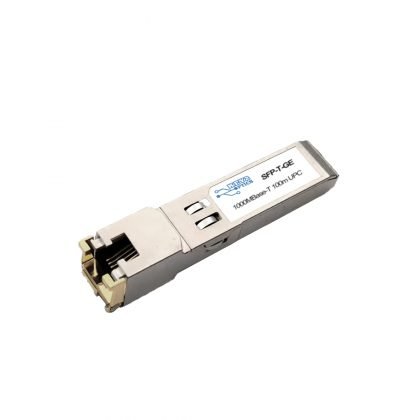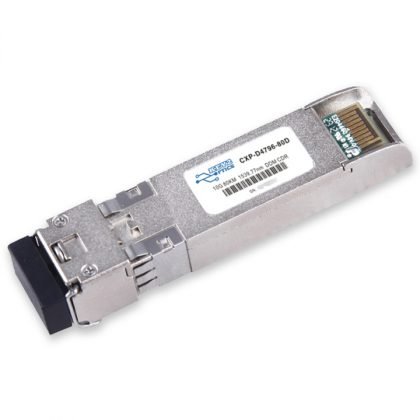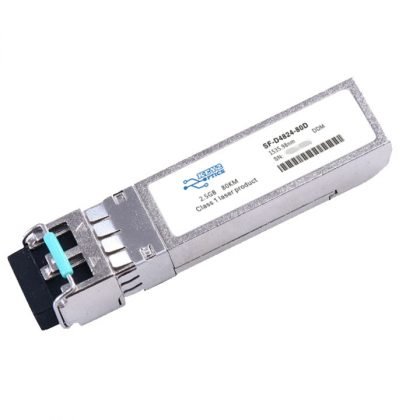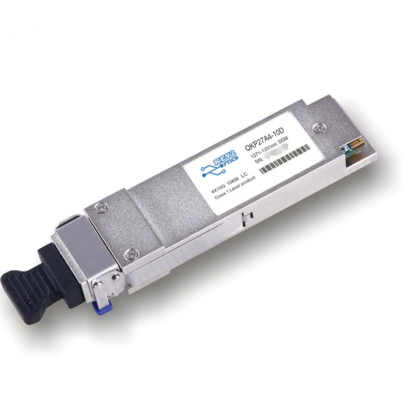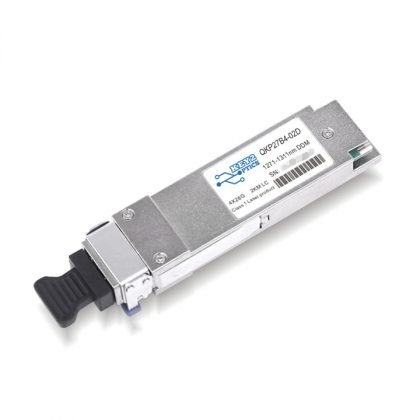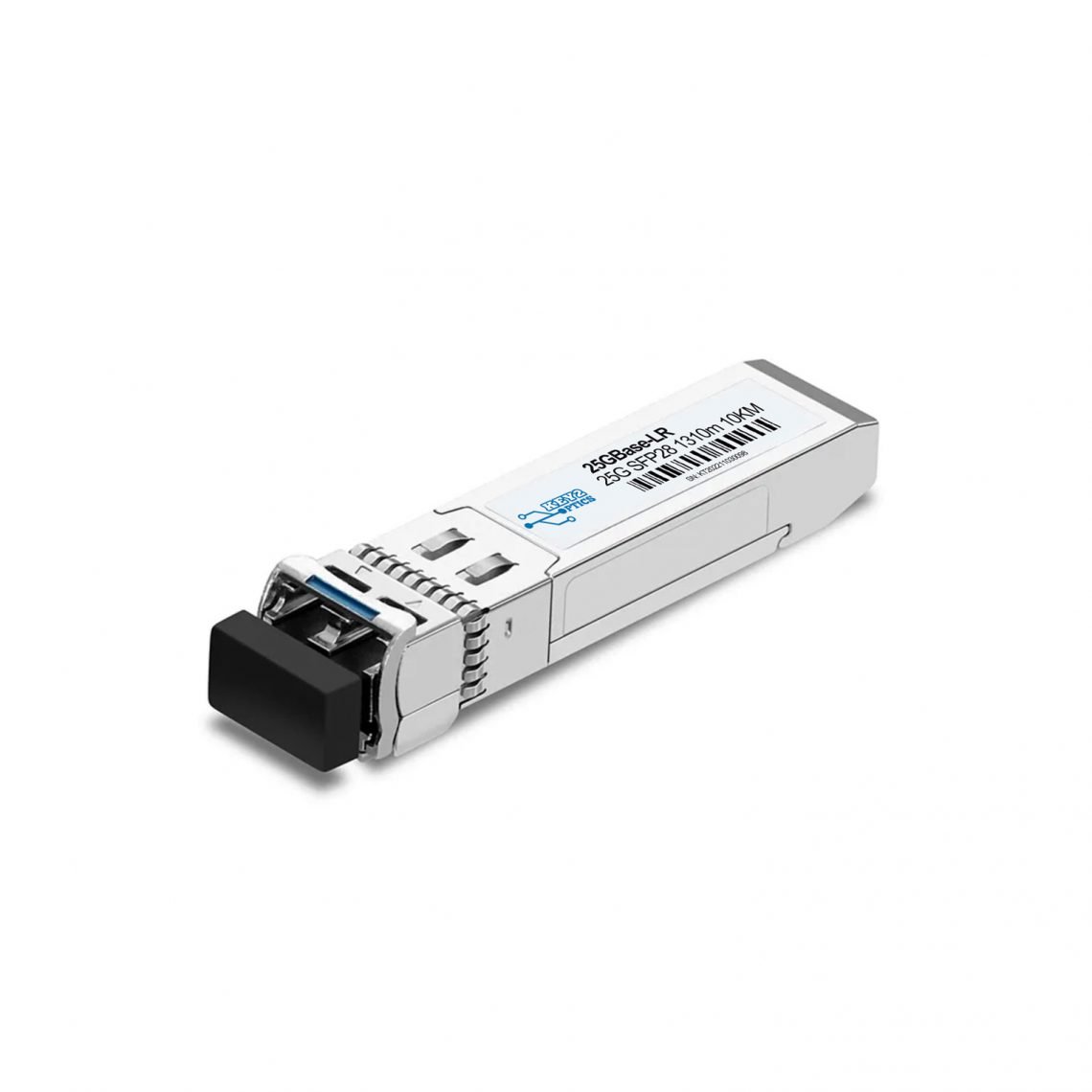- Introduction
Optical module is an optical device used for photoelectric conversion and electro-optical conversion, which consists of optoelectronic devices, functional circuits and optical interfaces. The optoelectronic device includes two parts: transmitting and receiving, where the transmitting end converts the electric signal into an optical signal, and then converts the optical signal into an electric signal at the receiving end after transmission through optical fiber, so the optical module is also known as an optical transceiver module. Optical
Everyone has heard of optical modules, which play an important role in data centers and 5G applications. Do you know what optical modules are used for, what types are available, and how to choose them? This article will focus on the role of optical modules and their principles, so that you know more about what optical modules are used for, and lead you to find the answer from the text.
- What is an optical module for? What is the role of optical modules?
Optical module is an optical device used for photoelectric conversion and electro-optical conversion, consisting of optoelectronic devices, functional circuits and optical interfaces. The optoelectronic device includes two parts: transmitting and receiving, in which the transmitting end converts the electric signal into an optical signal, and then converts the optical signal into an electric signal after transmission through optical fiber, so the optical module is also called an optical transceiver module. Although the optical module is small in size and relatively simple in construction, it has high technical requirements. With the accelerated growth of Internet traffic in recent years, the market demand for optical modules is also expanding dramatically.
| Types and applications of optical modules
Optical modules are available in the following five common types according to package form: SFP, SFP+, SFP28, QSFP+ and QSFP28, with rates of 100Gigabit/Gigabit, 10G (10G), 25G, 40G and 100G respectively. The main applications are Ethernet, Fibre Channel, SDH and SONET, and can be used on devices such as fiber transceivers, switches, routers and fiber NICs. The transmission rate, transmission distance and application range of different package types of optical modules are different, as shown in the following table.
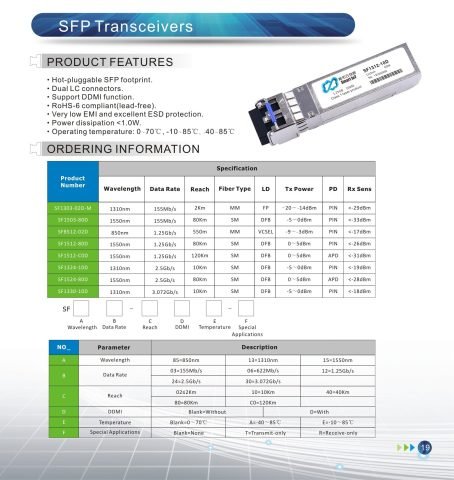
| How to choose optical modules
Combine the actual needs to choose the most suitable optical module, the following aspects can be used as a reference when choosing.
> Transmission rate and package type
The transmission rate of optical modules ranges from 100Mbps to 400Gbps, and usually the transmission rate is based on the data transmission rate of the link. However, optical modules with the same rate have different package types, so in this case it is necessary to consider what type of package port the application equipment is. For example, the connection of two 10G SFP+ switches should choose 10G SFP+ optical modules instead of 10G XFP/X2/XENPAK optical modules.
> Transmission distance
The transmission distance supported by different optical modules is different. Considering that the optical signal will also have attenuation and dispersion during transmission, the transmission distance should be slightly greater than the actual required transmission distance when choosing an optical module.
> Transmission mode
Optical modules mainly have three data transmission modes: simplex, half-duplex and full-duplex. Simplex transmission only supports data transmission in one direction; half-duplex transmission allows data transmission in two directions, but at a certain moment only allows data transmission in one direction; full-duplex transmission allows data transmission in two directions at the same time. It is best to choose optical modules that support full-duplex transmission.
> Operating temperature
Optical modules are divided into commercial-grade optical modules and industrial-grade optical modules according to their working temperature, where the working temperature of commercial-grade optical modules is between 0℃~70℃ and the working temperature of industrial optical modules is between -40℃~85℃. When purchasing, the actual working temperature of the optical module should be combined with the optical module to choose, such as tunnels and other harsh environments with large temperature differences should choose the most appropriate industrial grade, the general indoor rooms can choose commercial grade. Because if the operating temperature of the optical module exceeds the standard range, its performance is easily damaged, and in serious cases will be directly scrapped.
- Summary
According to the above introduction, I believe you should have a clear understanding of what the optical module is for and its role.
Find more about our SFP modules from the link below:
-
1G/10G SFP-T Module$45.00
-
10G SFP+|XFP Module$49.00
-
4G SFP Module$49.00
-
2.5G SFP Module$39.00
-
1G SFP Module$29.00
-
100M SFP Module$20.00
-
25G SFP28 Module$69.00
-
40G QSFP+ Module$89.00
-
100G QSFP28 Module$198.00


